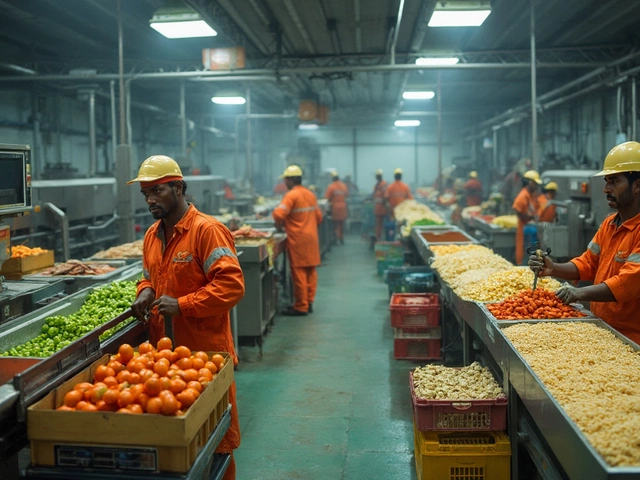Global Expansion: Manufacturing, Outsourcing, and Market Strategies
When talking about global expansion, the process of extending a company’s operations beyond its home country to tap new markets, resources, and customers. Also known as international growth, it shapes how firms decide where to set up factories, source components, and sell products. A key driver is manufacturing outsourcing, which lets businesses shift production to lower‑cost regions while keeping design and branding at home. At the same time, many firms balance this move with local manufacturing, preserving jobs and meeting regional regulations. Understanding how these two approaches interact is the first step toward a successful cross‑border plan.
Key Factors Driving Global Expansion
Beyond the outsource‑vs‑local debate, export markets dictate where demand is strongest and where tariffs or trade agreements make a difference. Companies that map the size, growth rate, and buyer preferences of each market can prioritize investments that promise quick returns. Meanwhile, reshoring—bringing production back home—has become a strategic lever for risk mitigation, especially after supply‑chain shocks. Reshoring influences global expansion by forcing firms to rethink which stages of the value chain truly belong abroad. For example, a furniture brand may outsource cutting and assembly to India but keep final finishing in its home country to meet strict quality standards. Similarly, a pharmaceutical company might source active ingredients from overseas while maintaining final formulation locally to comply with regulatory expectations. These decisions intertwine with logistics, labor skills, and cost structures, creating a web of choices that each expanding business must navigate.
Putting it all together, global expansion is not a single move but a series of calculated steps that balance cost, speed, risk, and brand integrity. The articles below dive into real‑world cases—like how IKEA works with Indian suppliers, how Cipla grew from a tiny pharmacy to a global pharma player, and how Indian states rank in electronics exports. You’ll see practical checklists, data‑driven rankings, and step‑by‑step guides that translate the concepts above into actionable plans. Whether you’re weighing the benefits of manufacturing outsourcing against local production, scouting the most promising export markets, or evaluating a reshoring strategy, this collection gives you the context and tools you need to make informed decisions as you grow beyond borders.

IKEA hasn't just dipped its toes in India—it took a leap. This story uncovers how India's booming middle class, rapid urban growth, and unique consumer habits convinced the world’s largest furniture retailer to set up shop here. Dig into the clever local strategies, surprising statistics, and practical lessons for furniture makers eyeing the Indian market. You'll see why India is ground zero for furniture retail experiments and what this means for local manufacturers. Practical tips and insider details make this a must-read for business owners, shoppers, and anyone curious about global giants in India. (Read More)







